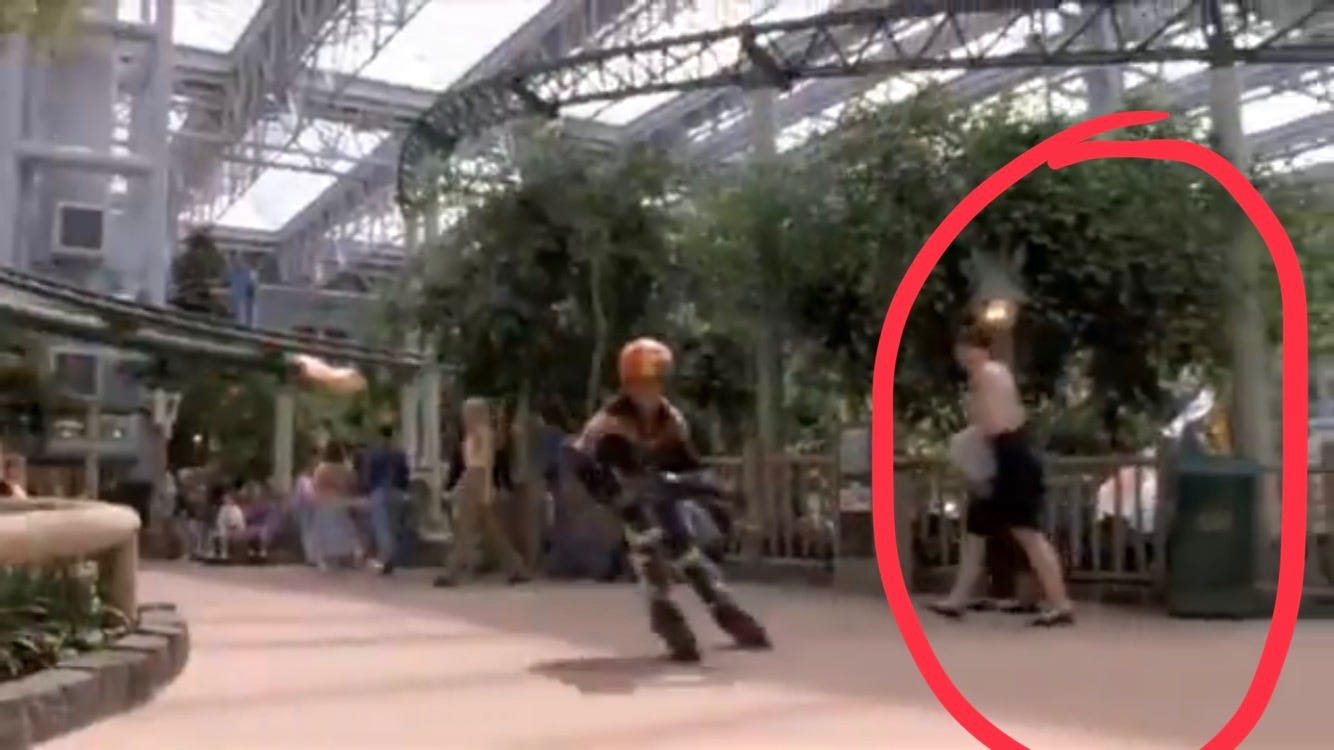004 ☼ Shopping is a Feeling

My late Grandma Pauline is in the 1994 Mighty Ducks sequel, affectionately and officially known as D2: The Mighty Ducks. And by in the movie I mean she was hired as an extra and you can see her slip-on shoes for three seconds in the Mall of America rollerblading scene, which was filmed in Minneapolis where my grandparents lived. The Mighty Ducks franchi…
Keep reading with a 7-day free trial
Subscribe to West Ends to keep reading this post and get 7 days of free access to the full post archives.




